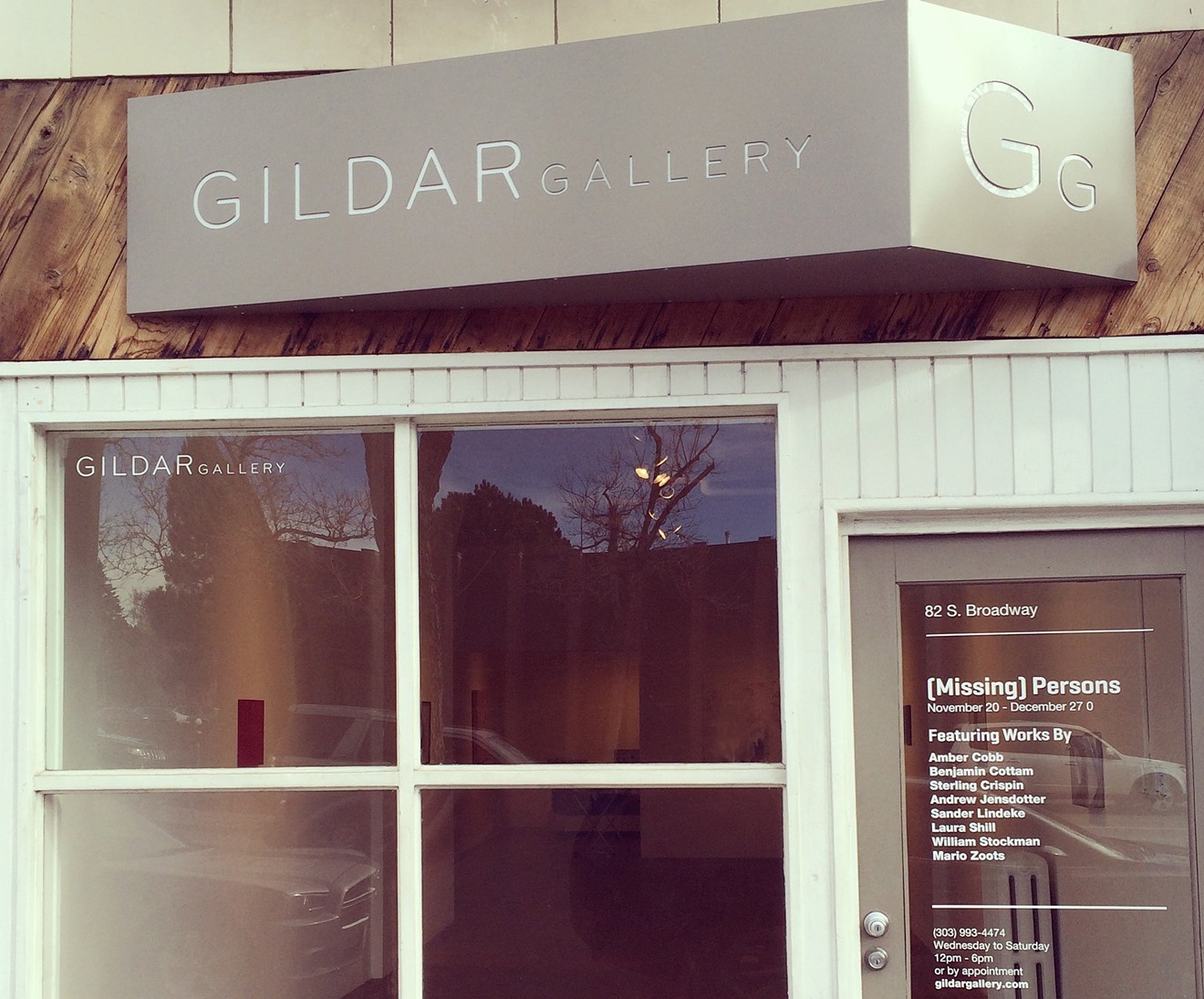With respected dealers such as Goodwin Fine Art and now Gildar Gallery shutting their doors and even small-budget projects like the garage gallery Peralta Projects packing up and leaving town, that question is inevitable.
People are Marie Kondo-ing the bejeezus out of their homes, and you can now check your phone to see lots of available art, like it and maybe comment on it, without ever spending a cent or cluttering your space. Surfing art on Instagram — a site where you can see your friend’s cupcakes, dogs and babies alongside world-class paintings — can be fun. The experience is social, interactive and convenient.
Purchasing art directly from artists is easier than ever, too: Sit at home, check your online options, click a button, wait for the package to arrive. Doing so is more affordable than buying from galleries and, without a middleman, artists often make more off a sale (assuming they don’t undervalue their work online).
If you want to see the work in person, art fairs also offer a compelling alternative to shopping the galleries. It’s easier to see pieces by many artists in one location rather than by trekking around town to various art spaces —much less traveling the globe to take in the latest art trends. For extroverts, the festival atmosphere is fun, and networking with fellow collectors can be rewarding.
In contrast, commercial galleries can seem downright snobbish…or sad.
The proprietors, once fueled by a passion for art, peddle works that will be forever imprisoned inside the homes and offices of the rich; the pieces that sell are often the dullest and safest around. For many commercial galleries, artists must hide their teeth. And gallery owners, who once championed bold expression, think twice about representing work that won’t pay the bills.
While the paying public floods the Denver Art Museum and the Museum of Contemporary Art, elbow crushing into elbow, necks straining for a glimpse at a painting, most commercial galleries are empty despite the fact that stopping in won’t cost you anything and you can see the art without getting claustrophobia. Occasionally, the owners are even willing to give you a free tour…of all too often boring art.
To attract more patrons, some smart gallery owners have not only added cutting-edge artists to their stables, but they’ve incorporated concerts, collaborations, live performances and lectures. Others are ready for an even bigger shakeup.
Adam Gildar, the owner of the highly respected Gildar Gallery, which closed on April 14, is looking for a fresh direction — even though 2018 was a gangbuster year for sales. “While Denver is going through major transformations, it's also no secret that the art world and traditional gallery model are being reshaped by, among many things, rising urban real estate values and the proliferation of art viewing via social media and art fairs,” he wrote on Facebook on April 8, announcing the gallery’s imminent end. “Though I unequivocally believe physical exhibition spaces continue to be absolutely vital sites, I decided to listen to my gut and am excited to see what perspectives emerge on these shifting landscapes by taking some time away from operating a fixed retail location.”
Sound vague? It is.
“I’ll be doing some nomadic projects and also hitting the road in general and doing some exploring,” Gildar tells Westword. “I’ve always found that having time away from the immediate pressures of running a space has been generative — and sometimes I have no idea how they’ll be generative.”
His optimism regarding future creative possibilities is bolstered by Gildar's firsthand experience of the pressures that brick-and-mortar gallery owners now face.
Art fairs, he explains, have become a dominant part of the art economy, particularly for galleries eager to put their artists before an international audience. “They really gained traction in the early 2000s, and now they’ve gotten to a place where they’re ubiquitous. You can probably find a fair every other week somewhere in the contemporary art world that people are participating in,” Gildar says. “It’s become a necessity for galleries that are interested in engaging with an international audience to participate in them.
“We’ve participated in a number of them and had good results,” he continues. “There are galleries now that are just doing art fairs; that’s where they live.”

William Havu Gallery celebrated its twentieth anniversary in the Golden Triangle last year.
William Havu Gallery
And it’s not just fairs that are shifting the arts economy away from brick-and-mortar galleries. The trend among artists is to sell directly to buyers online through platforms like Artsy, and to market their work through Instagram. Even Havu, which boasts a beautiful gallery, has seen a spike in Internet sales in recent years, despite having no software to manage online buyers.
As more galleries make sales away from their storefronts, entrepreneurs are launching companies to bridge the gap between the convenience of online shopping and the cachet of gallery spaces. Artland, a company that Artnet described as "the art-world Zillow," offers 3-D tours of galleries worldwide. “Join over 50,000 users and browse 3D exhibitions, share collections and buy contemporary art — from anywhere in the world,” the company’s website promises.
To be included on Artland, galleries must apply, be accepted, and then pay a fee. While it’s fun to see exhibits from around the globe, no Colorado galleries are represented. So far, the only spaces listed in the United States are in New York City, Chicago and Los Angeles, leaving most of the country’s art scenes behind — a shortsighted move for a company that could decentralize the art market from its traditional urban strongholds where most serious buyers, even those who live in Denver, make deals.
Beyond the technological advances, the past decade has seen other dramatic changes in Denver’s arts economy. More nomadic projects like Black Cube Gallery and Collective Misnomer have popped up, offering experimental artists the chance to exhibit outside the gallery system. But alternative spaces have taken a hit, too, with rising rents forcing some out of the core city and increased scrutiny in the wake of Oakland’s Ghost Ship fire shuttering others.
Despite these shifts, Havu’s future as a gallery looks solid, says Ryan. While the rate of sales is unpredictable — weeks can pass without a single sale, and then multiple sales will take place within a few days — the gallery broke its profit record in 2017.
“We feel very fortunate that we’re doing well,” Ryan says. “The gallery has been in this location for a little over twenty years now, but Bill Havu has been in the arts for 45 years. With that longevity, that’s a real benefit to our survival — as well as owning the building.”
Gildar, on the other hand, faced a steep rent increase, as have many other small businesses along South Broadway and in arts districts around Denver. Rising rent can swamp galleries; even when they somehow manage to survive, it becomes increasingly difficult for them to turn a profit.

Tina Scatuorchio at the late Goodwin Fine Art. Artwork by Barbara Takenaga.
Courtesy of Tina Scatuorchio
“Some of them don’t honestly see the value in being represented, which I think is shortsighted on their part,” she explains. “Of course, I come from that traditional model. I believe in it. I think artists do well by having somebody that’s always promoting their work in the best light possible, bringing it to curators, developing a museum relationship. I think you can’t assign a monetary value to it. I think it helps their career and fosters growth.”
Yes, opening a gallery is risky, Gildar says. It always has been. But it’s a risk that he’s glad he took.
“If you’re thinking about doing it, do it,” Gildar advises anyone considering opening an arts space. “Take a leap, because that’s what it is. Don’t feel like you have to compete with everybody else. Try and do your thing. Keep your overhead low, if you can, and hold on to whatever that core potentially impractical reason is that got you involved in the first place.
“Starting a gallery is impractical,” he continues. “To do it well, you have to be practical.”
And that practicality includes “deep pockets, as crass as it sounds," Scatuorchio says. "It’s not an endeavor to take lightly. You have to have staying power.
“You have to hang in there,” she adds. “I wish I could have. You have got to hang in there, and you’ve got to be able to handle the downturns and ride things out. It’s a long-term commitment.”












